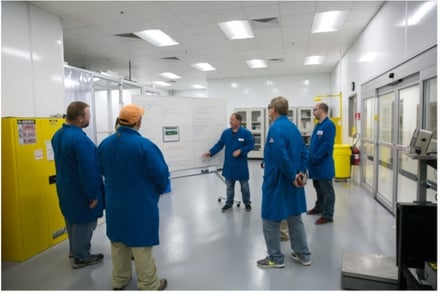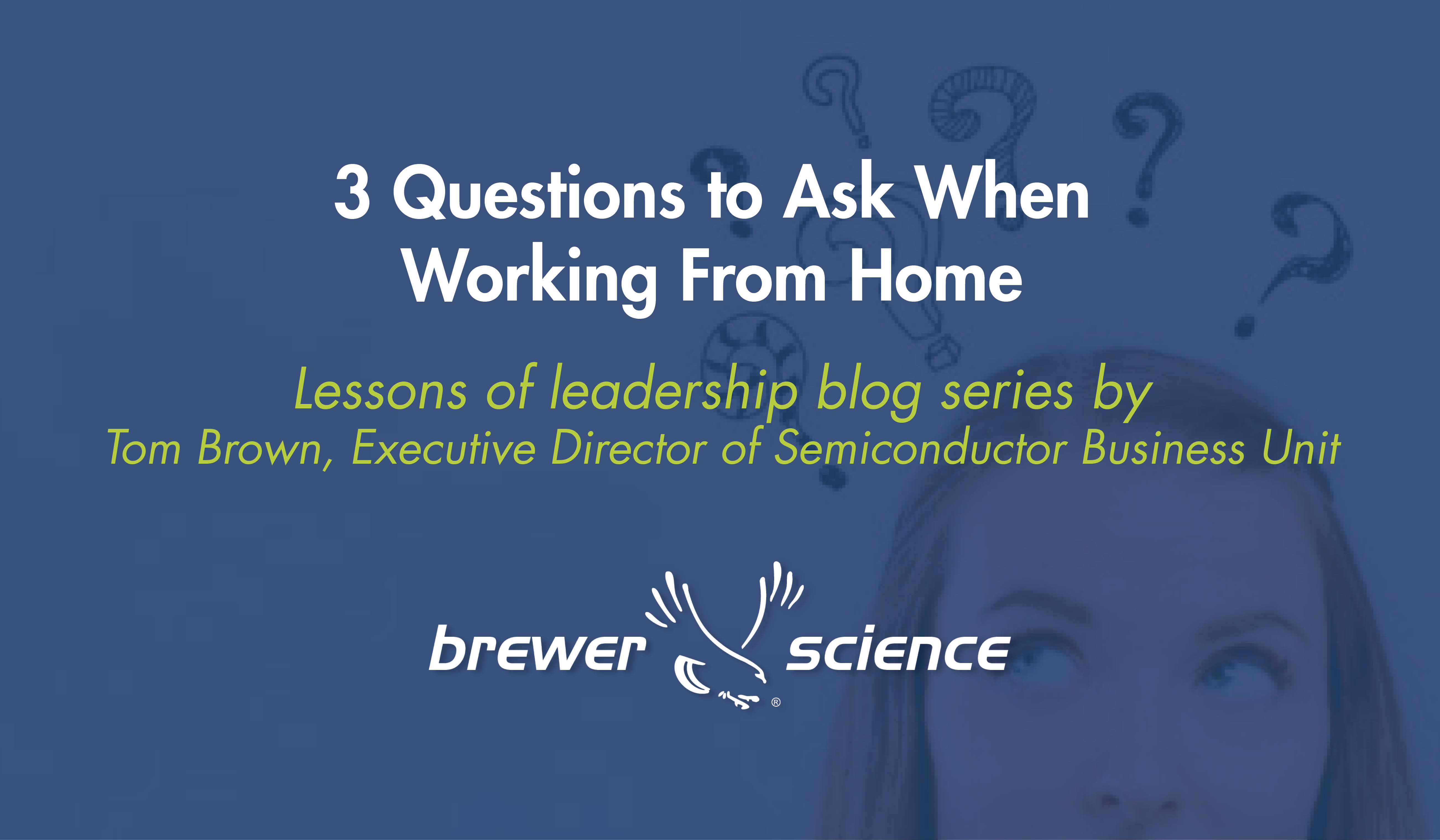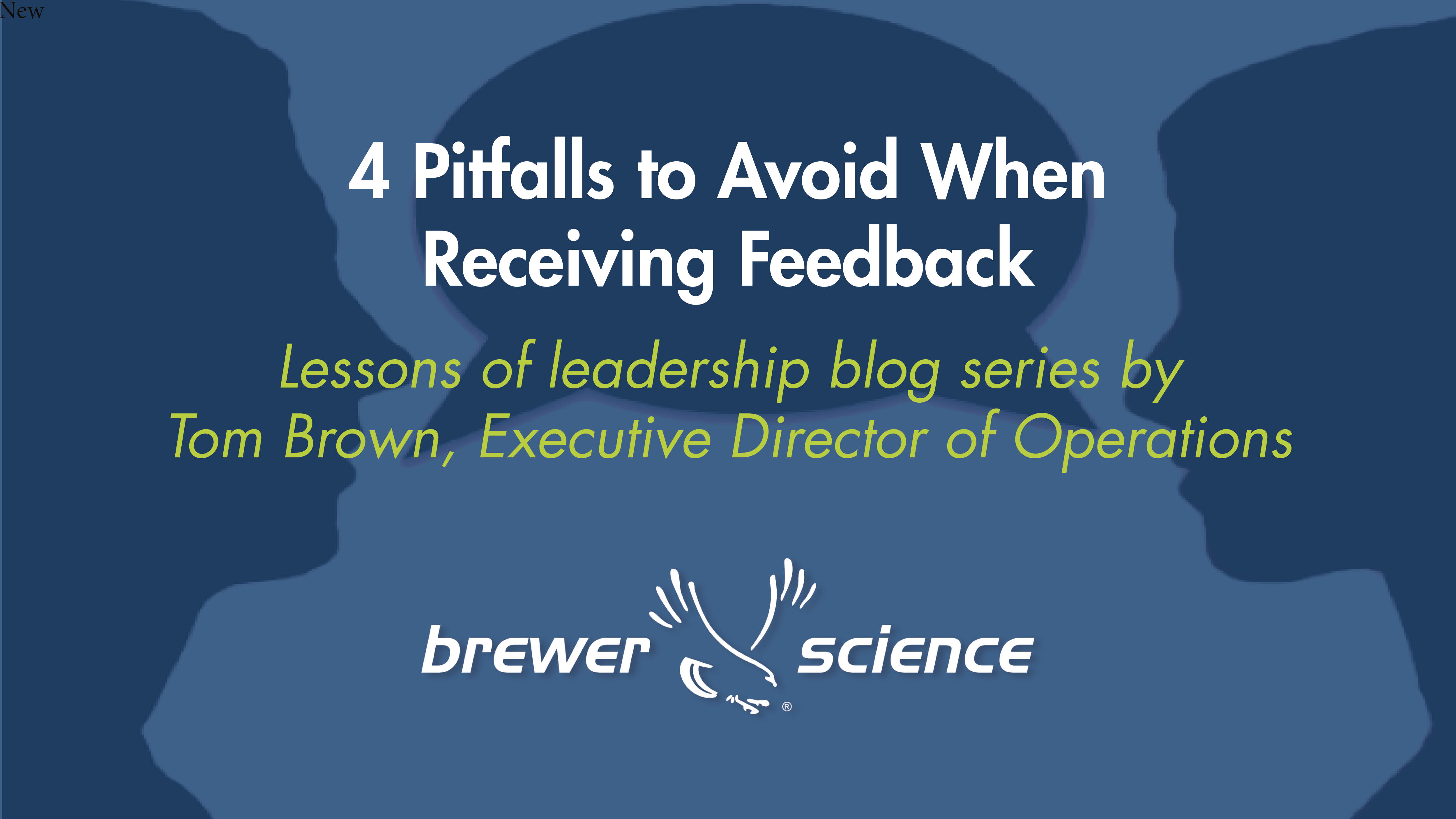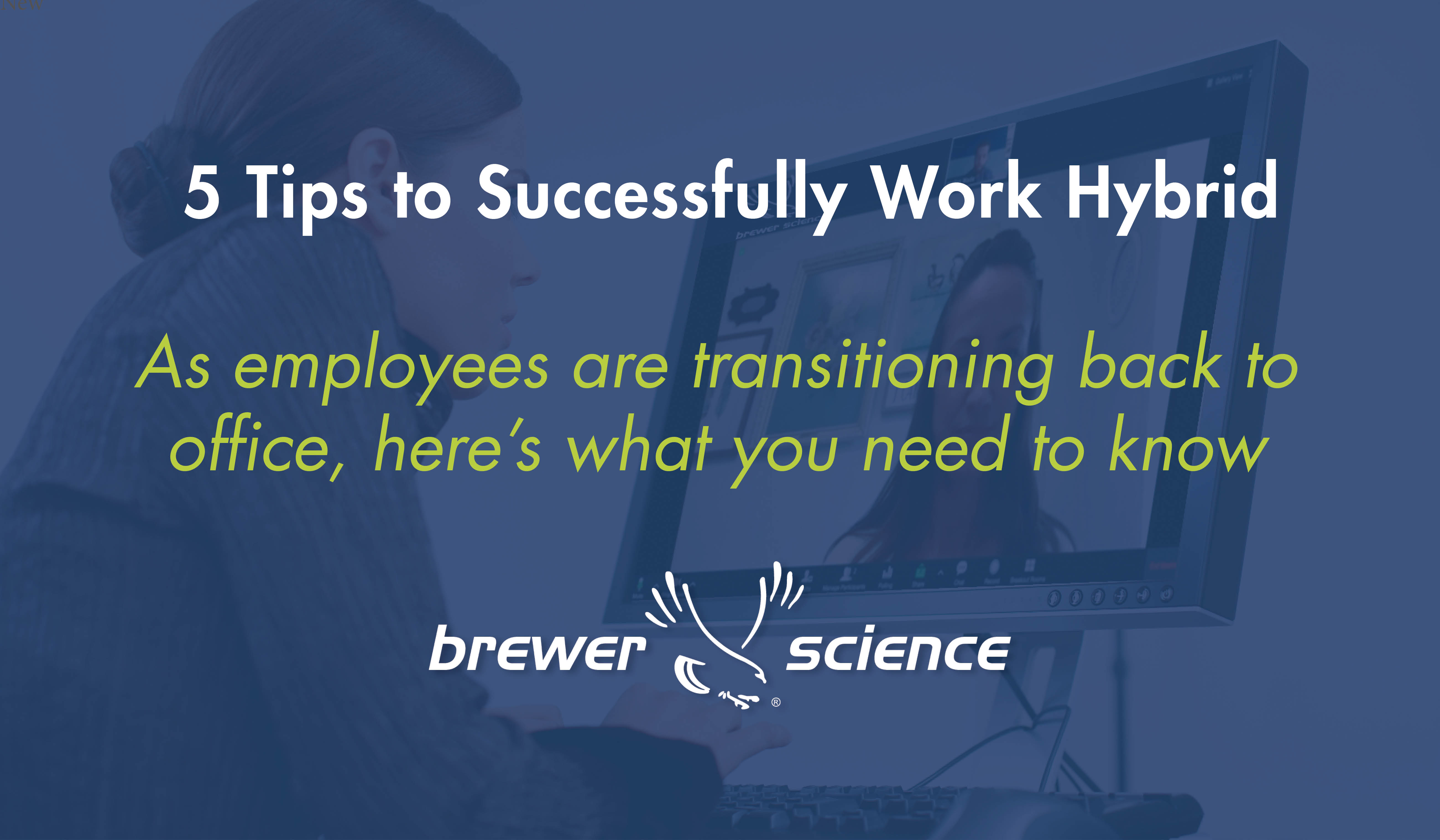But Why Now – Lessons of leadership
How replacing the word “but” can impact perception
Join Tom Brown, Executive Director of Operations at Brewer Science, as he shares inspirational leadership advice and professional growth stories.
Words have a great impact on how we perceive information. A simple three-letter word can have a significant effect on a team’s productivity. You can improve engagement and empowerment in your team by replacing the word “but” with “now” when providing feedback. Let’s take a closer look at how exchanging this word choice works in practice.
The power of conjunctions
There are several books and leadership philosophers that discuss replacing “but” with “and” to aid in influencing others. The word “but” is adversative conjunction while “and” is cumulative conjunction. Revisiting the basic grammar understanding from grade school is the key to making strategic word choices that have the most positive impact on our audiences. Adversative conjunctions express opposite or contrast between two statements, thus they provide a natural negative connotation. On the other hand, cumulative conjunctions express similarities between two statements; therefore using “and” is additive and provides a more positive impact.
Using “and” or “now”
Understanding that “and” is cumulative conjunction and additive, we can take it a step further and examine an adjacent word choice – “now”. Using the word “now” provides an opportunity for continued success. It implies that there are even greater things to come. This is the opposite of using the word “but”, which leaves you with the feeling that it could have been better.
Practice and applications 
The “compliment sandwich” feedback technique we are traditionally taught in school fails the idea that cumulative conjunctions provide positive perceptions when used in real-world applications. A “compliment sandwich” technique states we should frame a critique with compliments on both sides of the feedback. If you are the one providing the feedback, it might make you feel good to provide something positive before or after a recommendation for improvement. However, if you have ever been the recipient of a “compliment sandwich”, then you know that the feedback is not always received as intended. We are hardwired to focus on the criticism, especially when “but” is used to preface a recommendation. We can focus on improvement by providing constructive feedback looking towards the future, rather than the past. Consider these two example sentences:
In the first statement, “but” is a limiter. It separates what you did from what you should have done. It creates a past event and reflects backward on how it should have been improved. In the second statement, “now” is an expander and enables you to reach greater heights. The power is not in exchanging the words but in the message that the word “now” helps to deliver. By moving from the past tense (“if you had provided”) to present or future tense (“if you provide”) enables you to focus on the future outcome and the potential instead of the inadequacy of the presentation.
One of the keys to successful leadership is enabling and empowering people to be the best versions of themselves. Show them areas for improvement and allow them to succeed. Your word choices are significant in the perception and communication of providing feedback. Next time you encourage someone to evaluate a process and strive for improvement, pay attention to how the critique is framed. Use words such as “now” or even “and” to focus on the future instead of criticizing the past.
Brewer Science is a company that believes deeply in sustaining long-term success through value-based culture, diversity, and growth. Learn more about Brewer Science’s company culture.





Subscribe to Our Blog